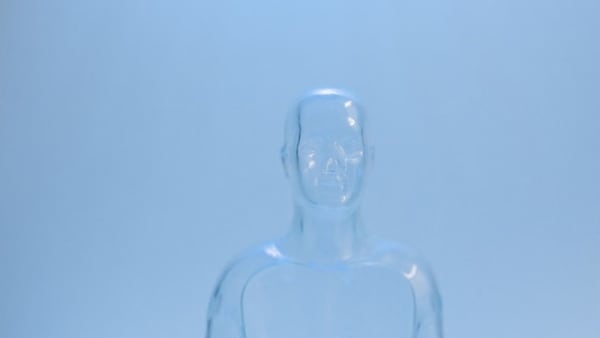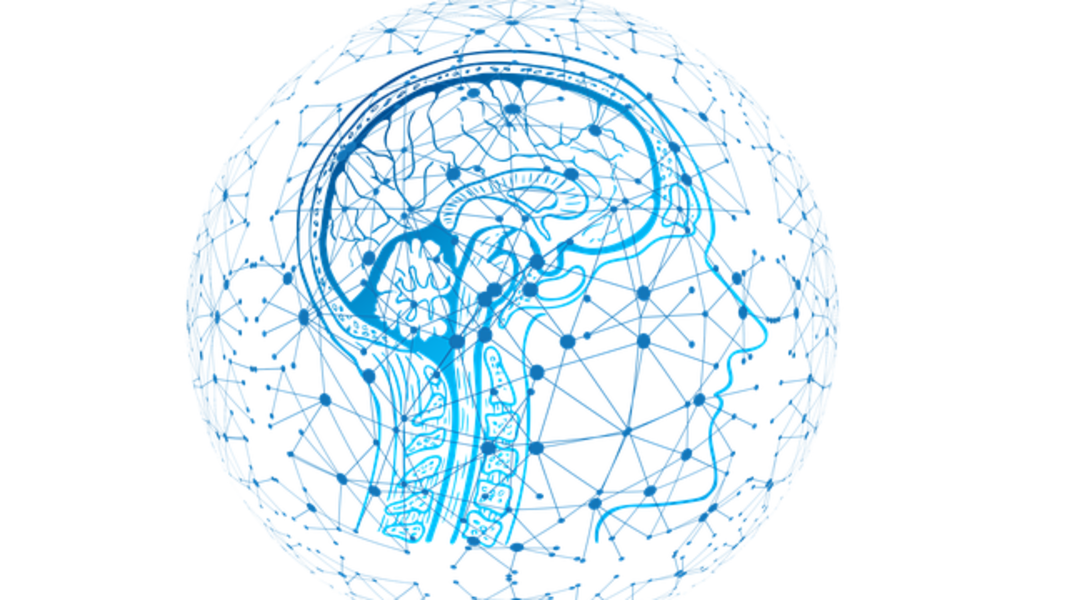
Is AI The Answer To Ending Unconscious Bias Within Recruitment?
September 09, 2021

It's in our nature to like people who are similar to us and when it comes to hiring - recruiters are no different. After all, who wouldn't want to hire someone who went to the same university as them, has similar interests or shares similar personal qualities?
Hiring based on personal preferences is one form of unconscious bias and it's really important to identify and remove this from your recruitment process. You may not realise but liking someone, doesn't necessarily make them suitable for the position. So how do you remove unconscious bias and where do you begin?
What Is Unconscious Bias In Recruitment?
Unconscious bias is when a recruiter forms their first - and perhaps only - impression of a candidate based on factors that are not relevant to the job requirements. For example, if a recruiter favours a candidate over someone else because you'd easily be friends with them outside of work.
Bias hiring goes deeper than preferring a candidate because they have similar hobbies. Countless studies have suggested that the connotations attached to someone's name have a direct influence upon the likelihood of an interview, due to presumptions made about race and ethnicity.
Gender also has an influence upon the impact a CV has, with applications completed by men resulting in the candidate being viewed as more competent and employable.
Whilst it's wrong that these factors still have an effect on modern companies, the truth needs to be faced and measures put in place to ensure discrimination is avoided throughout the hiring process.
Using tech and AI in recruiting is one approach that can help in mitigating the objectivity inherent in human nature. AI isn't programmed to judge a candidate on a name, gender or favourite sport but instead who is the ideal candidate for the role.
What Are The Different Types Of Unconscious Bias In Recruitment?
- 1.Affinity bias
- Gender bias
- Halo and horns effect
- Beauty bias
- Ageism
- Confirmation bias
- Conformity bias
- Name Bias
- Attribution Bias
- Weight Bias
How Does AI Affect Unconscious Bias In Recruitment?
It takes less than a fifth of a second for unconscious judgements to be formed when interviewing a candidate, that's faster than the time it takes for someone to recognise a person's face. It's been suggested that we are bombarded with 11 million pieces of information at any one time, yet we can only process 40, so the human brain is forced into taking shortcuts.
Artificial Intelligence can process all of the information presented, whilst digesting it in a fashion that humans simply cannot achieve: without bias. Further effects include the time it saves: it's a widely accepted fact that machines are more efficient than humans.
How Do You Use AI To Remove Unconscious Bias?
There are a number of methods you can use to reduce unconscious bias - although it will never 100% eliminate bias wherever there is a human decision involved.
Three common methods used in HR are:
- Blind Hiring
- Pre-screening software
- Skill tests
Blind Hiring
Blind hiring is an anonymised technique whereby personal information about a candidate is removed from the assessment process. As a result, certain types of unconscious bias are automatically removed. For example, if you never see what the candidate looks like you are immediately removing ageism and gender bias to name a few.
Skills Test
Skills tests provide an unbiased, validated evaluation of a candidate's ability to perform a job based on the skill requirements outlined in a particular role.
Skill tests are beneficial because it firstly ensures a candidate does in fact have the skills they say they have, and secondly the test results of candidates can help you shortlist the top performers by score.
Pre-screening Software
Pre-screening software is usually a combination of a skills test and blind hiring methods rolled up into an all in one software package.
Examples of pre-screening software include:
Will AI Replace Recruiters To Remove Bias?
The short answer is no, not really. Although AI helps reduce and remove unconscious bias, the technology of machine learning and artificial intelligence is not quite ready to replace recruiters just yet. Recruiters still play an important role in making decisions. AI is just a useful tool to support HR teams and remove bias where possible.
The increase of companies adopting digital transformation in HR to include the use of Chatbots, pre-screening software and skill tests are indications that technology is playing a larger part in the industry than what it once did, so embracing new skills and technology will be important - AI is one of many.
Should I Use AI To Remove Unconscious Bias?
AI can reduce unconscious bias from recruitment processes but there will always be elements of human decision making and influence involved, therefore ‘removing’ unconscious bias may not be as easy as it sounds.
Fear is the biggest contributor to decision making: specifically the fear of making a mistake and the consequences that may follow. The use of technology displaces that fear inherent within humans, replacing it, quite simply, with logic.
Perhaps this form of recruitment is the answer to the abolishment of gendered roles and other biases. Iris Bohnet, the author of What Works: Gender Equality by Design, suggests that ‘seeing is believing’. For instance, the reason that we don't picture engineers as women is that they're not seen, thus there is no connotation made.
If candidates are viewed based on their skills and abilities, and not by where they went to university, what their name is and what gender they are, the workforce becomes one which is diversified, thus more dynamic, creative and innovative.
Boost your hiring power.
Start using Neuroworx today.
Talk is cheap. We offer a 14-day free trial so you can see our platform for yourselves.
Try for free




